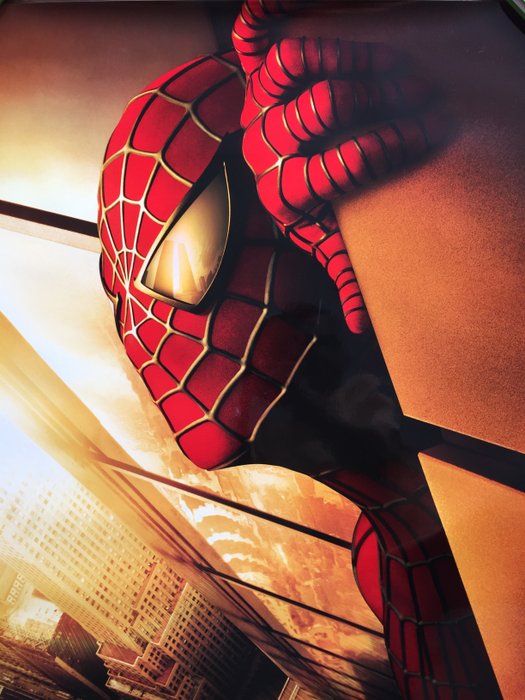
Spider-Man is one of the late, great Stan Lee's greatest creations (along with Steve Ditko). When the sticky-fingered vigilante crawled outta the pages of Marvel comics and on to the silver screen he became an instant movie star. But his 20-year movie career has been a tangled web of thrills and, let's face it, crap. Recently, the web-slinger returned in his biggest solo (sort of) movie: No Way Home. So what better time to rank Spidey's movie appearances? Screw Bill Maher. Excelsior!
13. No Way Home
12. Across the Spider-Verse
11. Into the Spider-Verse

While the filmmakers behind Into the Spider-Verse are patting themselves on the back for making "strides" in diversity (with plenty of encouragement from legions of white film critics), they're busy missing the point. And though the movie won the Oscar for Best Animated Feature, Hollywood has managed to screw the Black guy -- and the Brown guy -- again. Sure, Spider-Verse features the first cinematic appearance of the Afro-Rican Spider-Man but unlike his white predecessor, Peter Parker, Miles has to share his movie with other Spider-people, most of whom are -- you guessed it -- white.
In just 19 years, we've had two separate Spider-Man series, comprised of six movies, featuring Parker as not only the sole Spider-Man but the sole hero, who nevertheless manages to find his way without a mentor and save the day without help (though he did receive an extra pair of hands in the form of Harry Osborne at the very end of Spider-Man 3). Peter was mentored by Tony Stark in his second-to-last solo movie, Homecoming, but then again, Stark asked for his help in Civil War and Infinity War (Spidey's adventures alongside the Avengers). But for some reason, the filmmakers behind Into the Spider-Verse didn't feel that the half African-American/half Puerto Rican web-slinger was up to the task of stopping archcriminal the Kingpin without oversight, training and rescue from three older, white Spider-folk, a Japanese Spider-teen and an anthropomorphic Spider-pig. And just for good measure, Spider-Verse continues the time-honored Hollywood tradition of making sure that a romance between an African-American guy and a white girl does not blossom.
What's more troubling is the fact that Miles' father, a Black man, is named Jefferson Davis -- the name of the head of the former Confederate States of America. Wtf?
Like the previous two Spider-Man origin movies (2002's Spider-Man and 2012's The Amazing Spider-Man), Into the Spider-Verse is a coming-of-age tale. But it's the only one in which the wall-crawler's hand is held during the journey from boy to hero. When the guy behind the web is a minority, he's not the friendly, neighborhood Spider-Man -- he's merely the darkest face in the crowd.
I get the feeling that the filmmakers were more concerned with pandering and checking off diversity boxes in order to get progressive cred (Let's just put 'em all in, we'll be heroes!) than making a sincere effort to be inclusive. As a proud African-American, Into the Spider-Verse seems more like an F-U than anything else.
10. Spider-Man 3
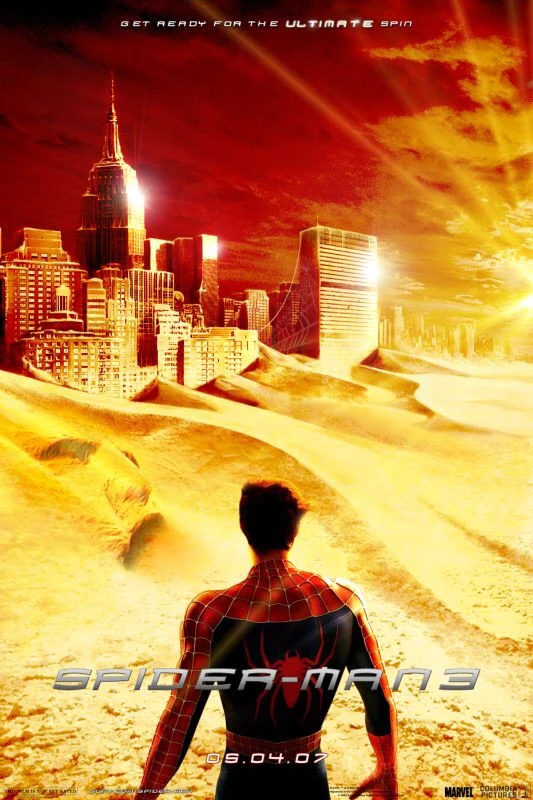
The most surprising thing about Spider-Man 3 is that it's the second highest-grossing Spider-Man-centric movie ever released. Smh. It just goes to show how powerful name-recognition can be. The second-most surprising thing is the fact that this pigeon-dropping cost $258 million. Seriously. The third-most surprising thing about this flick is the fact that the writers apparently thought that Super Man III was worthy of imitation (ripping off). The only watchable part of this thing is the 4-way fight between Spidey, Venom, the Sandman and the Hobgoblin at the end of the film. One of the many disappointing aspects of this 139-minute torture session is the fact that Web-Head's nemesis, Eddie Brock, is portrayed by Topher Grace, who probably would've made for a much better Peter Parker than star Tobey Macguire.
9. The Amazing Spider-Man 2

Adapted from the The Amazing Spider-Man #121-122 story, "The Night Gwen Stacy Died", the title of the source material tells you most of the movie's plot. Director David Fincher, who was considered for 2002's Spider-Man, wasn't hired because he was adamant about adapting "The Night Gwen Stacy Died" instead of Spidey's origin story. Interestingly enough, elements of the story are incorporated into the movie anyway. After Gwen falls from a clocktower as opposed to being thrown from the Brooklyn Bridge and Peter catches her, inadvertently snapping her neck in the process, the clock stops at 1:21, a reference to The Amazing Spider-Man #121, the source material for the scene.
Spider-Man was well on his way to a second trilogy -- and then this happened. Spider-Man 2.0 faces off against another Green Goblin and a comical (without being funny) version of Elektro, both of whom are eligible for the lame movie villain Hall of Fame. You know a movie's bad when even the Oscar winner in the cast (Jaime Foxx as Electro) isn't worth watching.
8. Spider-Man

Amazingly enough, the big-screen debut of Queens, New York's friendly, neighborhood Spider-Man stars the then 27-year-old Tobey Macguire as high school science prodigy Peter Parker -- the titular hero's alter ego. Actor Joe Mangianello makes his film debut as Pete's teenage nemesis, high school bully, Flash Thompson. Though he ultimately relinquished his writing credit, the movie was produced largely based on a script submitted by director James Cameron.
While Spider-Man doesn't have a great gallery of supervillains, the one he faces in the movie, the Green Goblin, is nowhere near the upper-echelon of his high-quality foes. To make matters worse, the Goblin in the movie looks almost nothing like the comics version. In fact, it looks like something the director picked up at Party City on the way to the set.
The film itself is the wallcrawler's origin story, during which the love of his life, Mary Jane Watson, reciprocates his feelings and he learns that, "With great power, comes great responsibility." In this version, he develops the ability to shoot webbing from his hands after being bitten by a radioactive spider.
Historically, Spider-Man is Marvel's third big-screen hit. Released in 2002, it was a step up from 2000's X-Men but an artistic letdown after 1998's Blade and Blade II, which also hit theaters in 2002 -- a month prior to Spider-Man.
7. Spider-Man 2
6. Homecoming
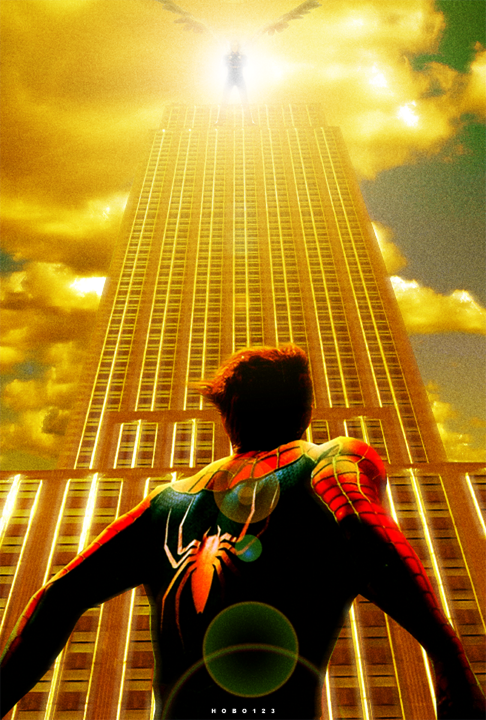
In the web-slinger's 2nd reboot in four years, a fifteen-year-old Peter Parker faces off against the Vulture. And the creative shot-callers behind the MCU should get kudos for making the Vulture compelling alone. He has always been exponentially lame on the page. But, surprisingly enough, he works onscreen. Oh yeah, a none-too-shabby Shocker comes along for the ride as well.
In fact, Spider-Man: Homecoming treats the villains much better than it does Captain America, who's back in his costume-shop-style suit from 2012's The Avengers -- even in a mid-credits scene which really amounts to a prank, as opposed to the usual future-movie-tease to which we've become accustomed.
That's just one of the changes. Flash Thompson is unfortunately no longer a jerky jock -- now he's a bench-warmer on the school's academic team.
The most significant alteration to Spidey's conventional history comes in the form of his mentorship by Tony Stark. And believe me, Homecoming could've used a lot less Iron Man. As a matter of fact, the web-slinger more or less comes across as Iron Man-in-training. This Spider-Man reboot essentially relegates the star to a sidekick. If you've ever wondered what a Robin solo film would look like -- this is it. The worst thing about the movie is the preponderance of Spider-gizmos and the Iron Man-style Spider-suit Peter Parker gets from Stark. You have to wonder how much inspiration the filmmakers drew from Inspector Gadget.
And I really could've done without seeing Peter whine because he worried that he was hopelessly trapped beneath a pile of rubble -- this despite the fact that he wasn't injured in the least when the various slabs of concrete landed on him to begin with. Note to Marvel: I know you guys pride yourselves on not taking yourselves too seriously but most of us would appreciate you not depicting our would-be heroes coming dangerously close to crying like bitches out of frustration or humiliating themselves while wearing cringe-worthy costumes in ridiculous PSAs.
There are some welcome additions as well. The object of Peter's crush is refreshingly not Gwen Stacy. Now he's got a thing for Liz Toomes -- captain of the academic team. And friendless oddball Michelle has a thing for him. And both of these new ladies happen to be African-American. Truthfully, Homecoming features more females of African ancestry in speaking -- even prominent -- roles than Wonder Woman. Having Michelle and an African-American security guard at the Washington Monument point out to a white academic decathlon coach that the structure was built by slaves was a nice touch as well.
Perhaps the biggest surprise here is the appearance of Donald Glover as Aaron Davis aka the Prowler. For those out of the loop, Davis is the uncle of Miles Morales -- the half-African-American and half-Puerto Rican Spider-Man in the comics. It gets deeper: Glover and the spidey pajamas that he wore on an episode of his former sitcom, Community, served as one of the inspirations that led to the creation of the mixed web-crawler in the first place. While Miles does get a mention in Homecoming, there are no plans to replace Peter in the MCU. Instead, Morales swung to a theater near you the following year in his own animated movie.
While most self-respecting superhero movies contain Easter eggs related to comic books, Homecoming goes a step further. This thing is chock-full of references to classic high school films as well, including nods to Ferris Bueller's Day Off and Risky Business.
Spider-Man: Homecoming is a fun time and it surpasses most of the Spider-Man film adaptations that preceded it. But after so many missteps and so much build-up, it just wasn't quite enough. And unfortunately, it's more Batman and Robin than Batman Begins.
5. Far From Home


Peter and the rest of the world adjust to the Big Resurrection following Thanos' snap. The world also mourns the loss of Steve Rogers, the Vision, Natasha Romanoff...and, of course, Tony Stark.
4. The Amazing Spider-Man

After an entire trilogy, Sony wisely pivoted away from Tobey Maguire, Kirsten Dunst and director Sam Raimi. Finally, we got a Peter Parker who was portrayed by someone who looked like a teenager -- British actor Andrew Garfield.
This 2012 reboot retold the hero's origin story, including his bullying at the hands of high school tyrant Flash Thompson, his bite from a genetically modified spider, and the murder of his beloved Uncle Ben.
Amazing also features one of Spider-Man's most compelling -- and indestructible -- screen foes, the Lizard.
3. Endgame


2. Infinity War
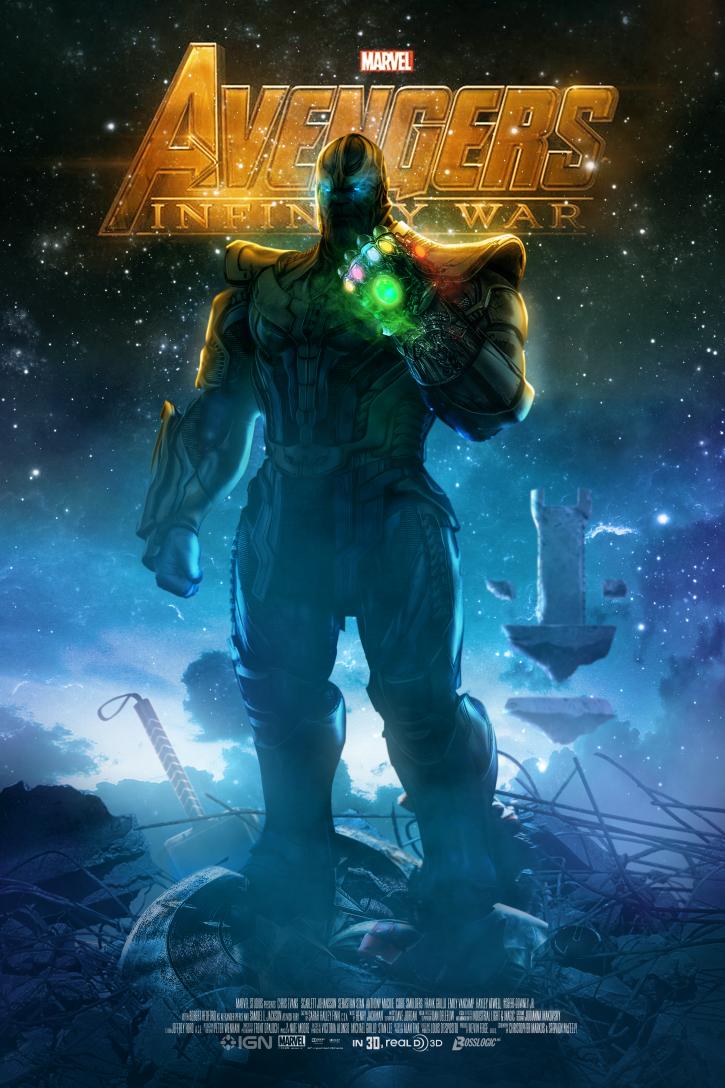
1. Civil War

Like Black Panther, Civil War marks Spider-Man's entrance into the MCU. Recruited by Tony Stark, rookie crime-fighter Spider-Man winds up in a superhero Royal Rumble at a German airport, during which he meets his hero, Captain America, and helps to cut Ant-Man down to size. Making the most of his limited screen time, Spidey's third first impression is his best impression.
So there you have it. Like fellow superhero the Hulk, maybe the lesson for Spider-Man is: Less is more. So far, Web-head's greatest moments on screen have happened during guest appearances and not his solo features.



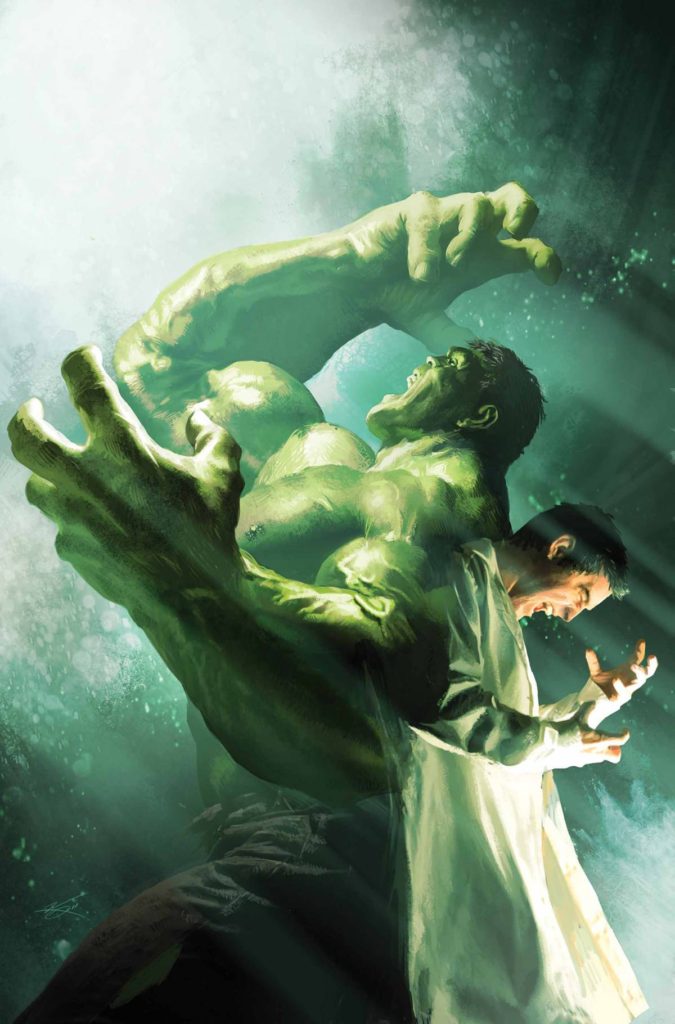
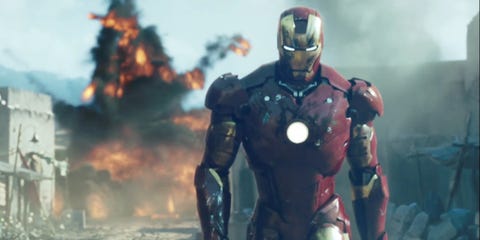
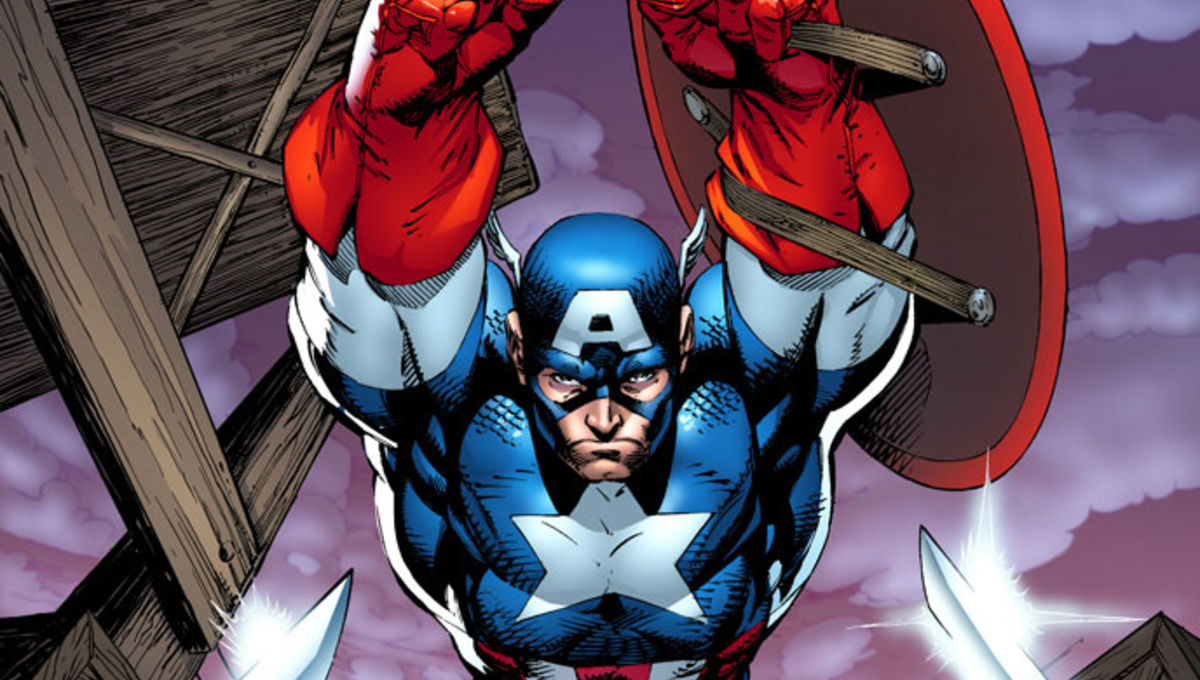
No comments:
Post a Comment